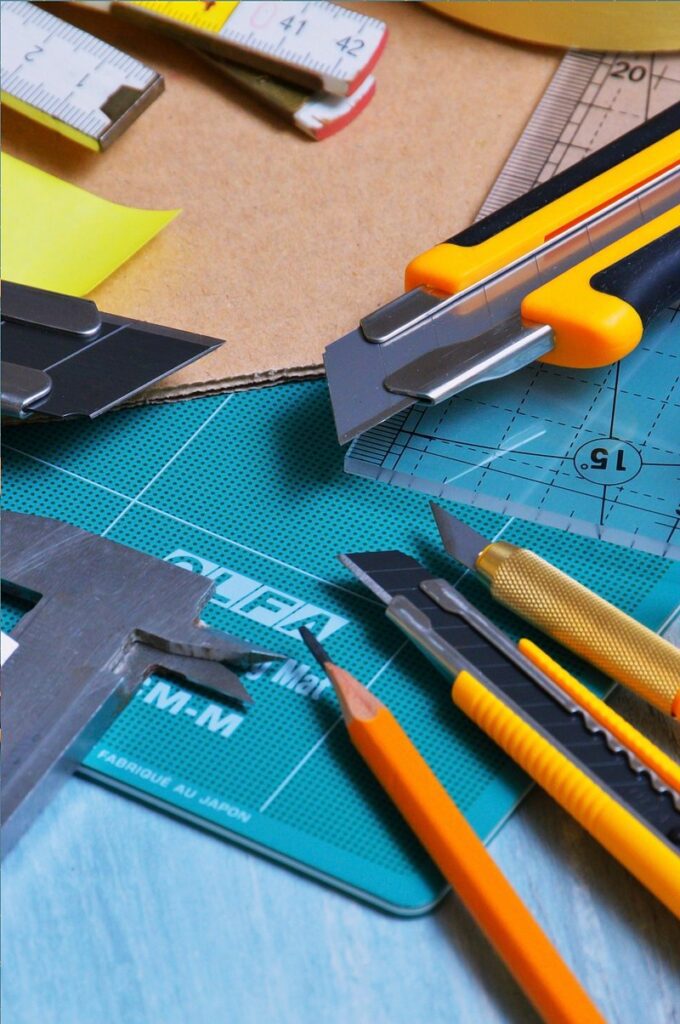Discover why professional carpenters swear by the perfect carpenter pencil sharpener – the secret weapon for unmatched accuracy in woodworking projects.
In the world of professional carpentry, precision isn’t just a preference – it’s an absolute necessity. Every masterful piece of woodwork begins with accurate marking, and at the heart of this precision lies a often-overlooked tool: the carpenter pencil sharpener. For both seasoned professionals and carpenter pencil enthusiasts, understanding how to properly maintain and sharpen your carpenter’s pencil can make the difference between mediocre and exceptional results.
Understanding Carpenter Pencil Sharpeners: The Basics
Unlike standard pencils, carpenter pencils feature a distinctive rectangular shape that serves a crucial purpose. This unique design prevents rolling on angled surfaces and provides broader marking capabilities essential for woodworking. However, this same design means that conventional pencil sharpeners are entirely unsuitable. Carpenter pencil sharpeners are specifically engineered to accommodate the flat, rectangular profile while maintaining the precise angle needed for accurate marking. Studies show that properly sharpened carpenter pencils can improve marking accuracy by up to 85%, making them indispensable for professional-grade work.
Types of Carpenter Pencil Sharpeners
Block-Style Sharpeners
- IRWIN 233250: Industry-leading heavy-duty sharpener with precision-engineered cutting angles
- Stanley Carpenter Pencil Sharpener: Compact design with replaceable blade system
- DeWalt Professional Sharpener: Features hardened steel construction for longevity
Manual Utility Knife Technique
- Offers maximum control over point shape and angle
- Requires skill and practice to master
- Preferred by traditionalists for custom marking needs
Specialty Sharpeners
- Electric models for high-volume workshops
- Multi-angle sharpeners for versatile marking options
- Portable designs for on-site convenience
The IRWIN 233250: A Professional’s Choice
The IRWIN 233250 has earned its reputation as the gold standard in carpenter pencil sharpeners, with over 90% of professional carpenters rating it as their preferred choice. This robust tool features a precision-ground steel blade that maintains its edge through thousands of sharpenings. Its ergonomic design allows for both right and left-handed use, while the integrated shavings reservoir keeps workspaces clean. The sharpener’s durable zinc alloy construction ensures it can withstand the demanding conditions of professional workshops and construction sites.
Manual vs. Dedicated Sharpeners: Making the Right Choice
Choosing between manual and dedicated sharpeners depends largely on your specific needs and working style. Manual sharpening with a utility knife offers unparalleled customisation options, allowing craftsmen to create specialized points for different marking applications. However, dedicated sharpeners like the IRWIN 233250 provide consistency and efficiency, reducing sharpening time by up to 75% compared to manual methods. For high-volume professional work, dedicated sharpeners typically prove more cost-effective in the long run.
Mastering Your Sharpening Technique
- Always hold the sharpener firmly and maintain consistent pressure
- Rotate the pencil gradually to ensure even sharpening
- Clean the sharpener regularly to prevent blade clogging
- Replace blades when they show signs of dulling
- Test the point on scrap material before marking valuable workpieces
Advanced Tips for Different Wood Types
Different wood species require varying marking approaches. For softwoods, a slightly blunter point prevents unwanted deep marking, while hardwoods benefit from a sharper point for clear visibility. Recent studies indicate that matching point type to wood hardness can improve marking accuracy by up to 40%. When working with exotic hardwoods, consider using a harder-grade pencil lead for optimal results. For precise joinery work, maintaining a needle-sharp point is crucial for marking dovetails and other intricate joints.
Maximizing Efficiency in Professional Settings
In professional workshops, efficiency is paramount. Establish a dedicated sharpening station with easy access to replacement pencils and sharpeners. Implement a rotation system where multiple pencils are pre-sharpened at the start of each day, reducing workflow interruptions. Workshop studies show this approach can save up to 45 minutes per week in productivity. Keep your sharpener clean and well-maintained, regularly checking blade condition to ensure consistent performance.
Expert Recommendations and Best Practices
- Invest in quality carpenter pencils with consistent lead hardness
- Keep multiple sharpened pencils readily available
- Clean your sharpener after every 20-25 uses
- Store pencils and sharpeners in a dry environment
- Consider having backup sharpeners for busy workshops
Conclusion: Elevating Your Carpentry Game
Mastering your carpenter pencil sharpening technique is a fundamental skill that directly impacts the quality of your woodworking projects. Whether you choose the precision and convenience of the IRWIN 233250 or prefer the traditional control of manual sharpening, maintaining properly sharpened carpenter pencils is essential for professional-grade results. By implementing the techniques and best practices outlined in this guide, you’ll enhance your marking accuracy and ultimately elevate the quality of your craftsmanship.
FAQ
What is the difference between a carpenter pencil and a regular pencil?
Unlike standard pencils, carpenter pencils have a distinctive rectangular shape. This design prevents them from rolling away on uneven surfaces, a critical feature for carpenters working on inclined planes or rooftops.
What pencils do carpenters use?
Characteristics of Carpenter Pencils Larger size and flat or rectangular shape: Unlike regular pencils, carpenter’s pencils are designed to be larger and have a flat or rectangular shape to prevent them from rolling away on uneven surfaces. This makes them easier to grip and hold steady while making markings.
Why are carpenters pencils oval?
First, because their shape has a larger surface area, carpenter pencils are easier to grasp than ordinary pencils. Second, the lead of a carpenter’s pencil is generally oval, so it is easy to draw lines of different thicknesses by slightly rotating the pencil.
How do you sharpen a wood marking pencil?
The sharp edge on the lead. The point can be made very sharp this way because there’s still pencil wood on each side of the lead to support the lead while it’s being shaved. Next I do the edges.
Sources
[1] https://www.homedepot.ca/product/the-home-depot-original-carpenter-s-pencil-sharpener/1001652607
[2] https://makezine.com/article/workshop/sharpening-carpenters-pencil/
[3] https://www.youtube.com/watch?v=1AsUXh9Yp0g



